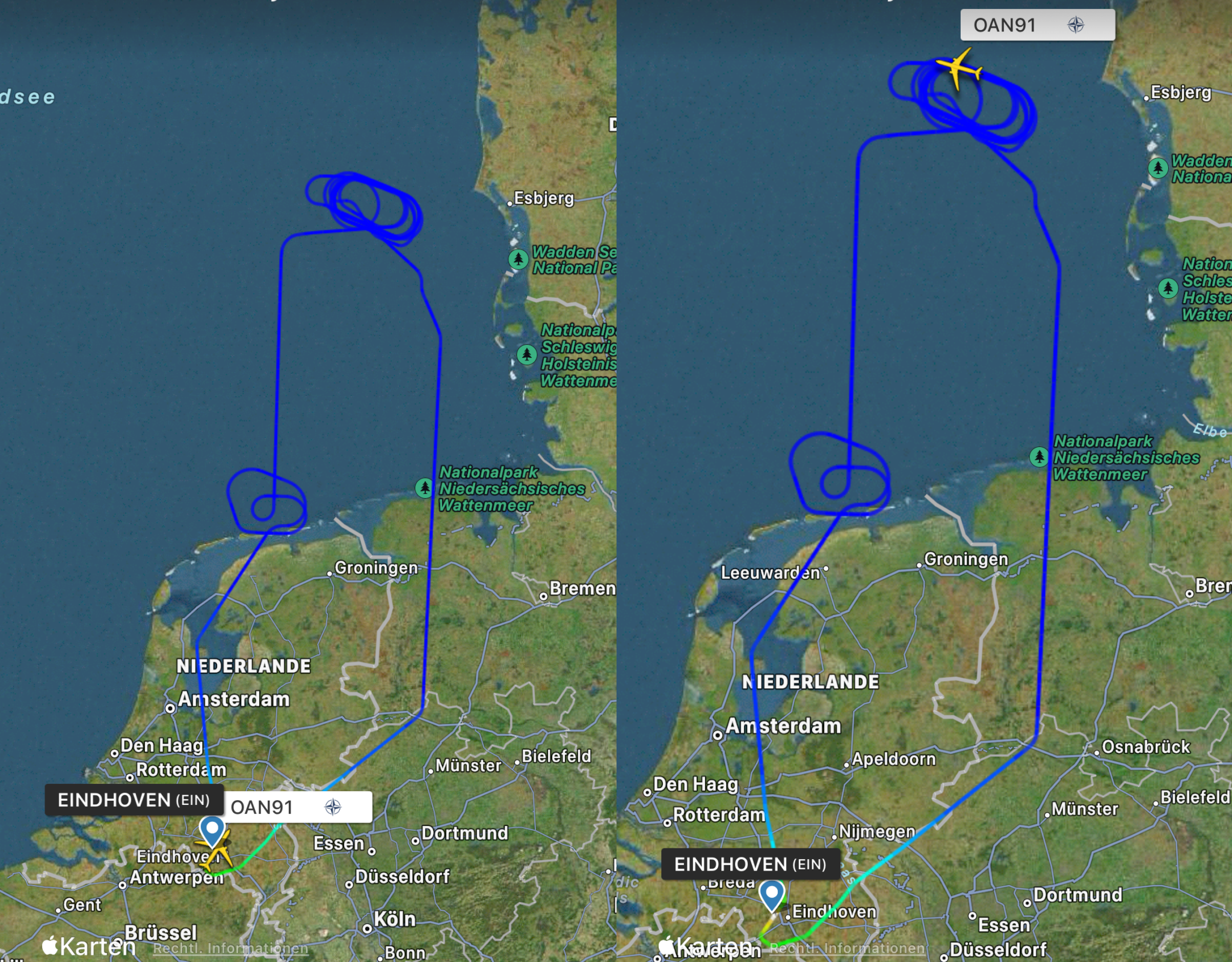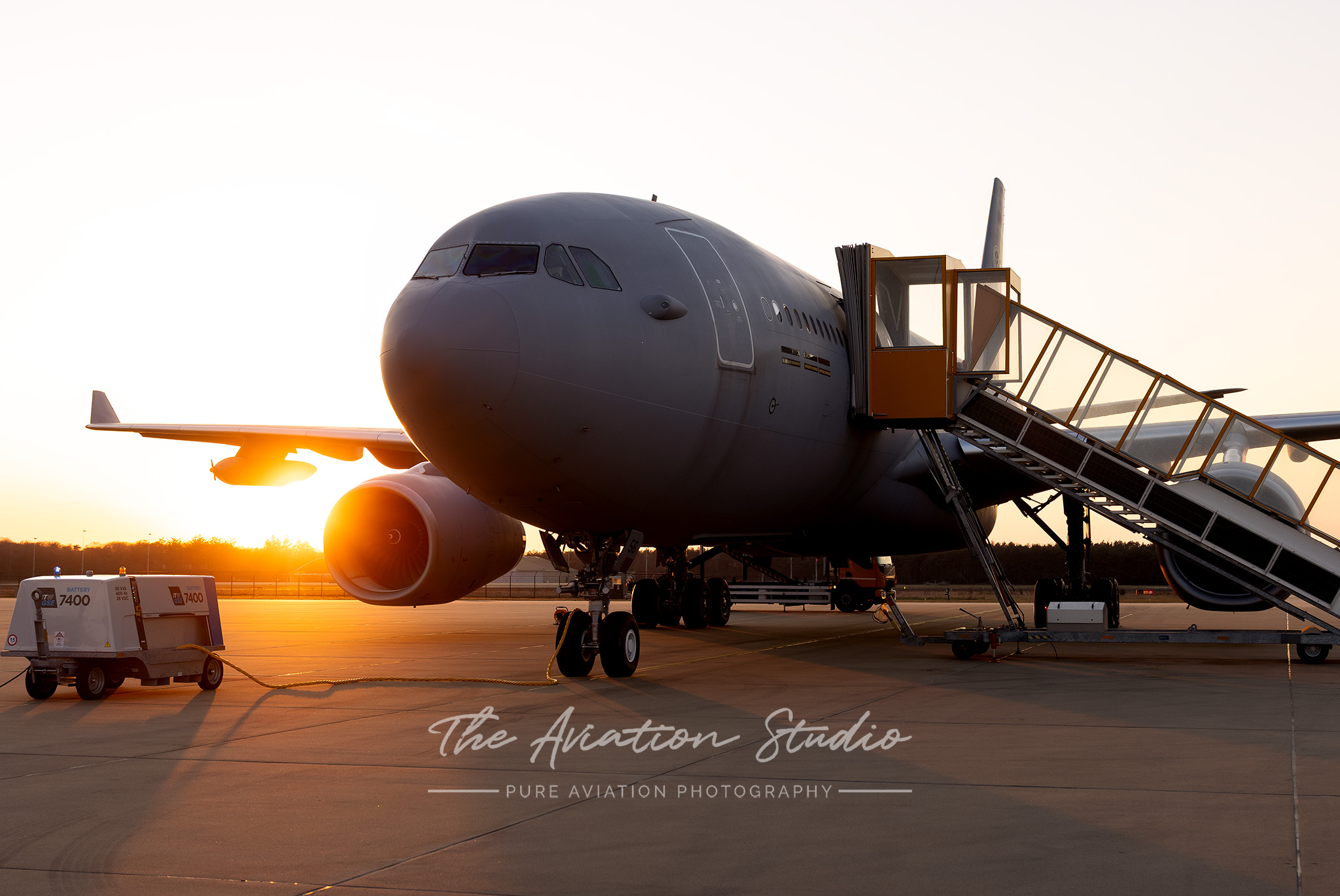The largest NATO exercise of 2025, Exercise Ramstein Flag, is currently underway in Europe, with over 90 aircraft operating from 15 airbases across the continent. On April 2, The Aviation Studio joined the Multinational Multirole Tanker Transport Unit (MMU) at Eindhoven Air Base for a first-hand look at NATO’s aerial refuelling capabilities during a media flight.
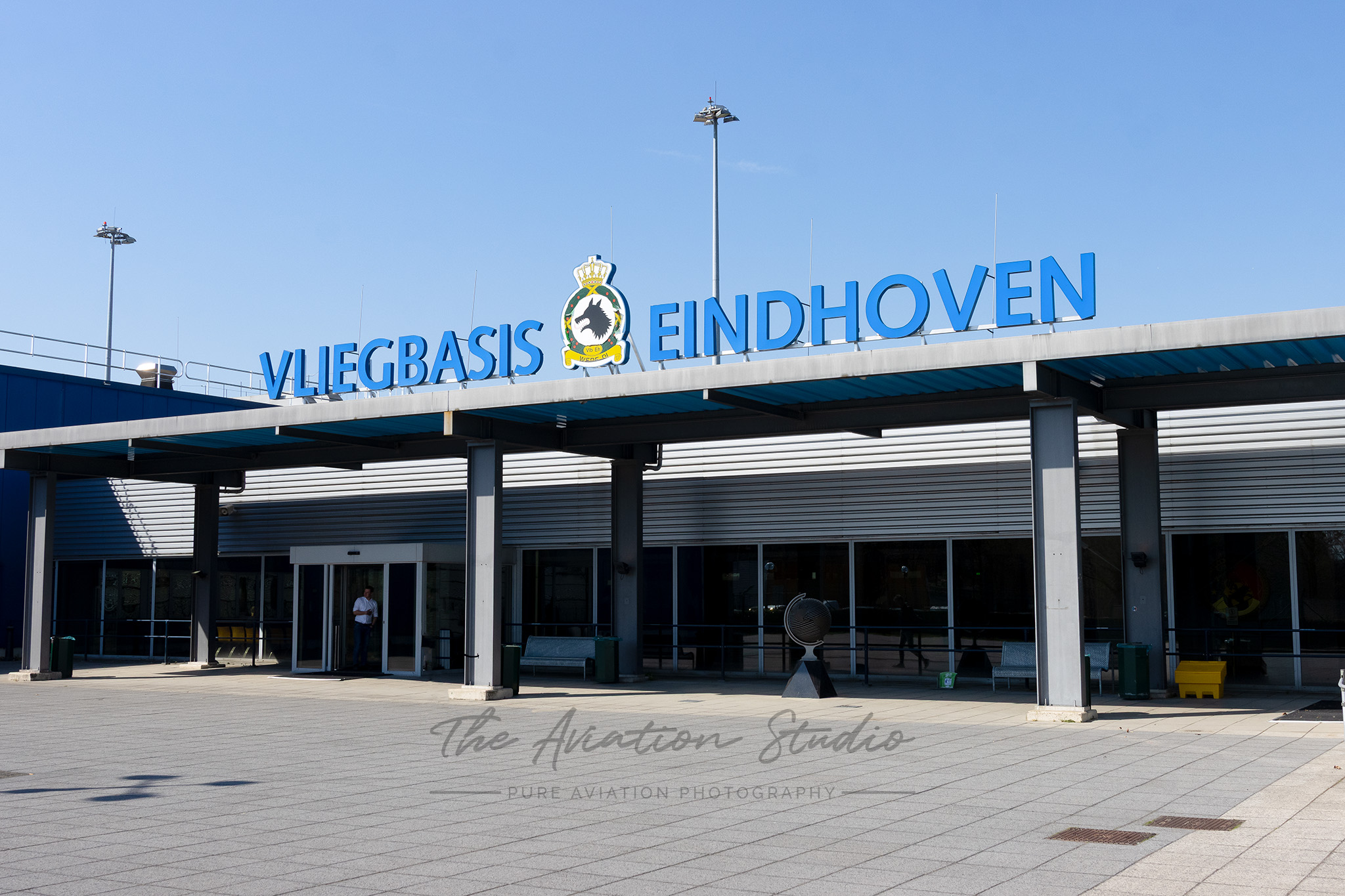
About Ramstein Flag
Now in its second iteration, Exercise Ramstein Flag is a large-scale, tactical-level live-fly exercise hosted annually by NATO’s Allied Air Command (AIRCOM). In 2025, it is being co-hosted by the Royal Netherlands Air Force. Unlike the 2024 edition, which saw the majority of participating aircraft operating from a single base, this year’s exercise spans 12 airbases across Europe, with its operational hub located at Leeuwarden, Netherlands.
Fifteen NATO nations are participating in 2025, with smaller detachments operating from Skrydstrup (Denmark), as well as Fairford and Marham (United Kingdom). Participating aircraft include F-16s (from Greece, Romania, and Turkey), F-35s (from the UK, Denmark, the Netherlands, and Italy), and Eurofighters (from the UK, Germany, and Italy). Refuelling aircraft include the

Exercise Ramstein Flag emphasizes Counter Anti-Access/Area Denial (C-A2AD), Integrated Air and Missile Defence (IAMD), and Agile Combat Employment (ACE). It showcases NATO’s integrated capabilities across the air, land, maritime, cyber, and space domains — uniting jets, support aircraft, special forces, and maritime elements under a shared information and command structure.
The A330 MRTT fleet
The A330 Multi Role Tanker Transport (MRTT) is a highly capable, multi-mission aircraft. The MMU is composed of six nations: the Netherlands, Luxembourg, Germany, Norway, Belgium, and the Czech Republic. Based on the Airbus A330-200 platform, the MRTT is modified to support aerial refuelling, cargo transport, and troop movement.
Currently in service with nine nations and the MMU, the MRTT can carry up to 45,000 kilograms of payload in its lower cargo deck. It also supports medical evacuation, with configurations for 21 medical seats, six intensive care units, and 16 stretchers. As a troop carrier, the MRTT has seating capacity for up to 267 passengers. The MRTT is equipped with two wing mounted drouges and one centreline boom refuelling system with Directed Infrared Counter Measures (DIRCM) systems to protect against infrared-guided threats.
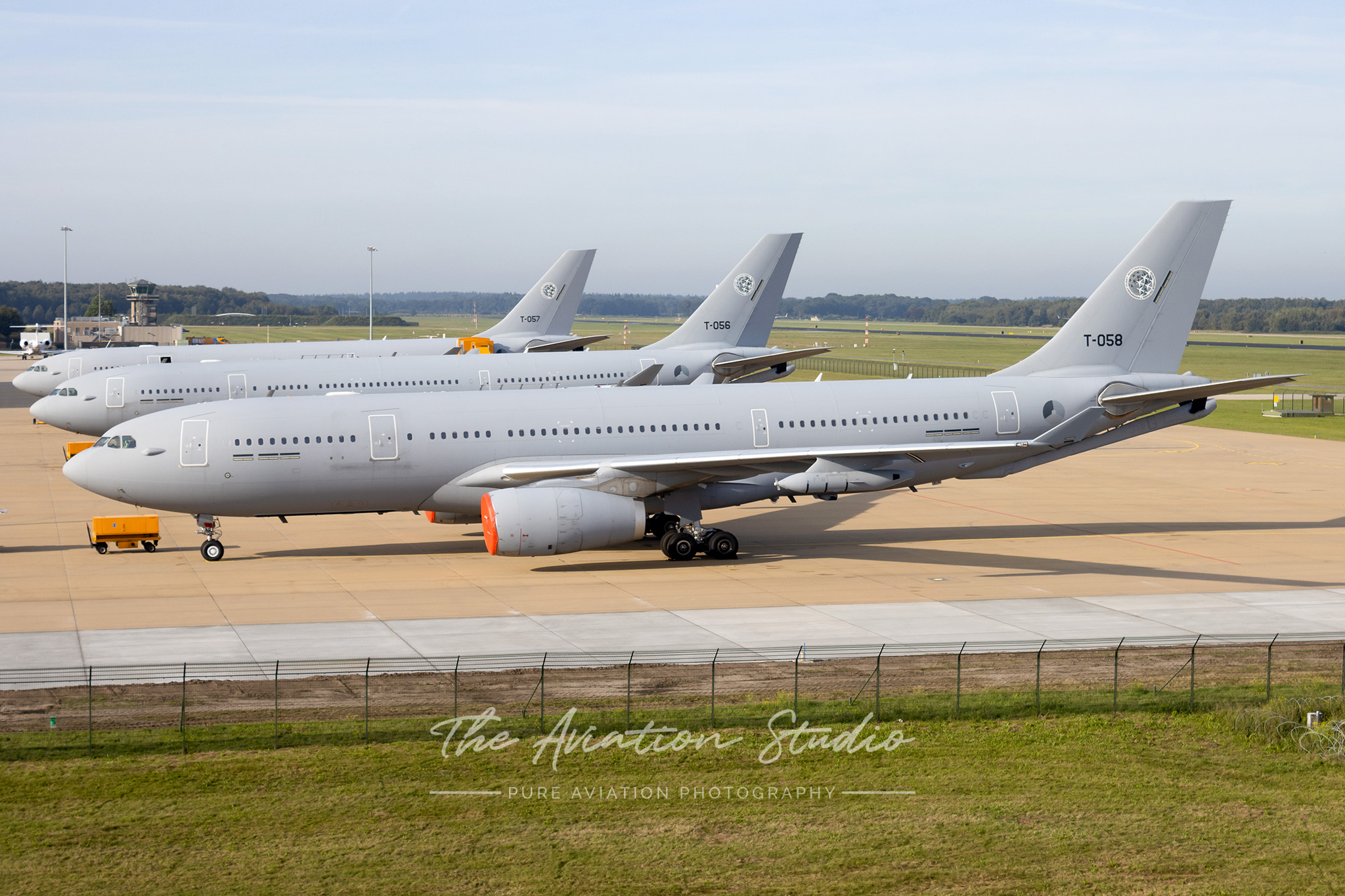
The Flight
The MMU has its main base at Eindhoven with five aircraft based there with the remaining four in the fleet at Cologne, Germany. Before boarding our aircraft, we joined Colonel Ludger Bette — Commander of the MMU — and Major Benjamin Wille — Head of Integrated Planning of the MMU. Bette discussed the importance of Exercise Ramstein Flag for the interoperability between all NATO members, and underscored the significance of flexibility and cooperation in demonstrating the strength of the union as represented by NATO.
Such multinational exercises are a good way to see, if they have “all tools inside our toolbox to react efficient and fast”, Bette stated. Furthermore Bette expressed that the exercise is groundbreaking for future operations, especially when it comes to defending the NATO’s eastern flank. According to the NATO, they must be prepared for a major conflict with an aggressor before 2029.

Mission planning for Ramstein Flag is highly complex. The European Air Transport Command (EATC) maintains operational control and, early in the planning phase, assigned the MMU the critical task of providing air-to-air refuelling. During the exercise, the MMU typically performs two missions daily. On mission day, aircraft assignments are finalized, and tankers carry additional fuel reserves in case of mid-flight retasking.

Our mission was part of the first training sortie of the day, aboard T-056, a six-year-old A330 MRTT delivered to the MMU in November 2020. The multinational crew included personnel from Germany, the Netherlands, and Belgium. Flying toward the North Sea, we were soon joined by our first receivers: four Royal Netherlands Air Force (RNLAF) F-35As, establishing themselves in formation along left side of our aircraft as we joined the refuelling track.


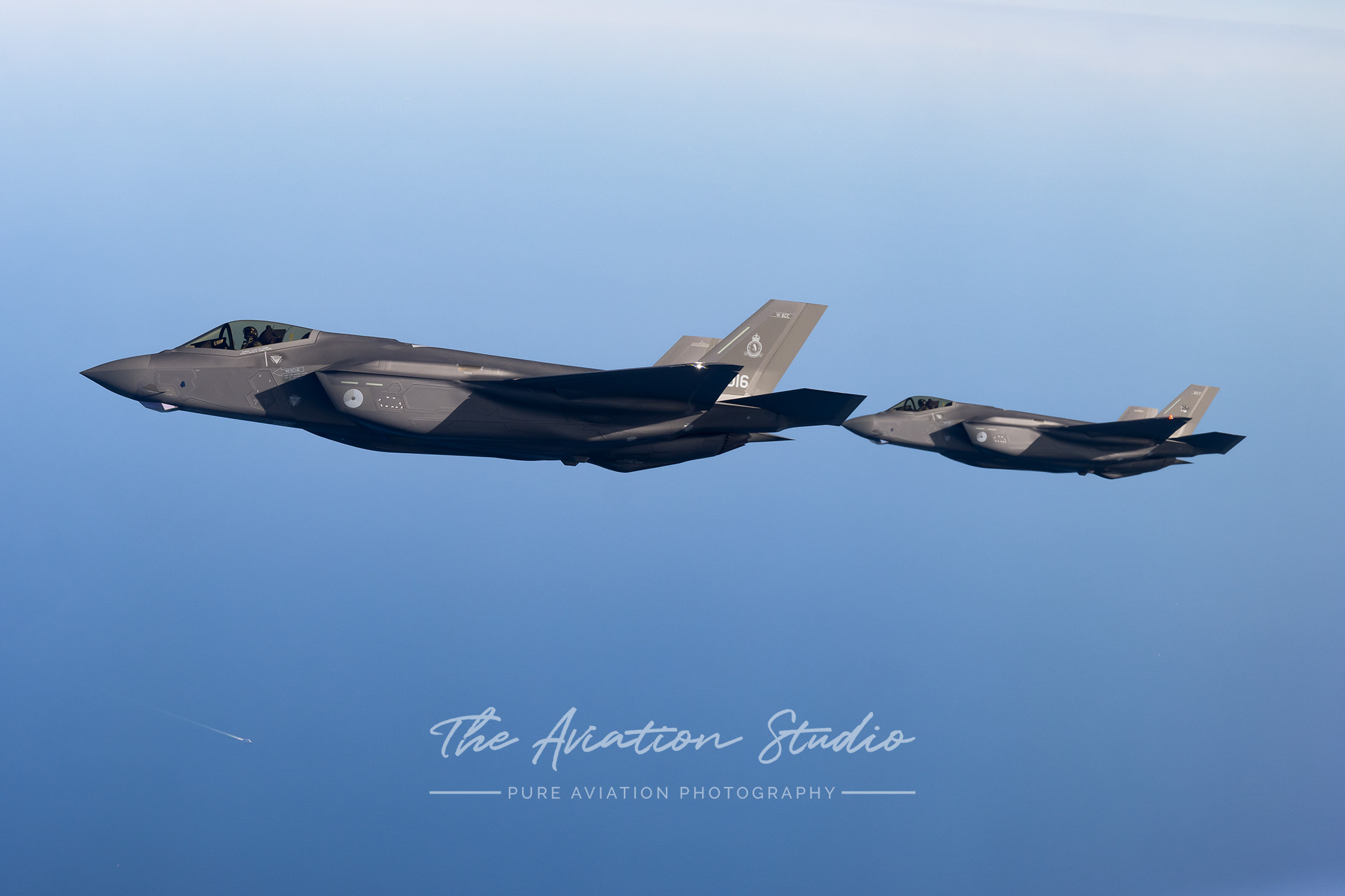
The MRTT has the capability to refuel a wide variety of assets through the use of the Aerial Refuelling Boom System (ARBS) and Cobham 905E Under-Wing Pods. The ARBS allows for transfer rates up to 4,500L/min whilst the under-wing hose and drouge system maxes out at 1,600L/min. These two systems combined provide a total capability of 109 metric tons of fuel to be offloaded during any mission where required.
After refuelling the Dutch F-35s, our next receivers were four Royal Air Force Eurofighters, equipped with external fuel tanks and AIM-132 ASRAAM missiles.

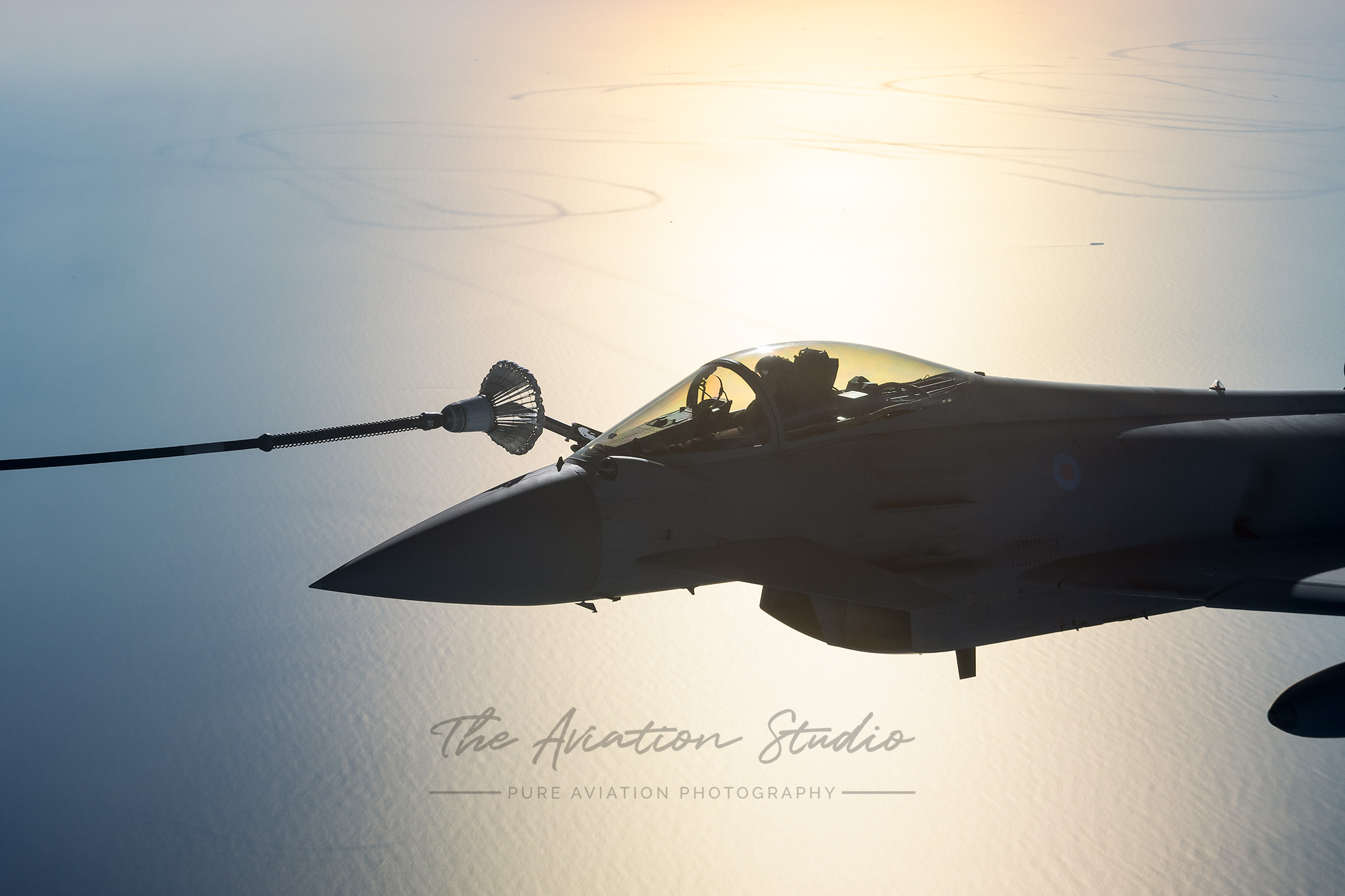
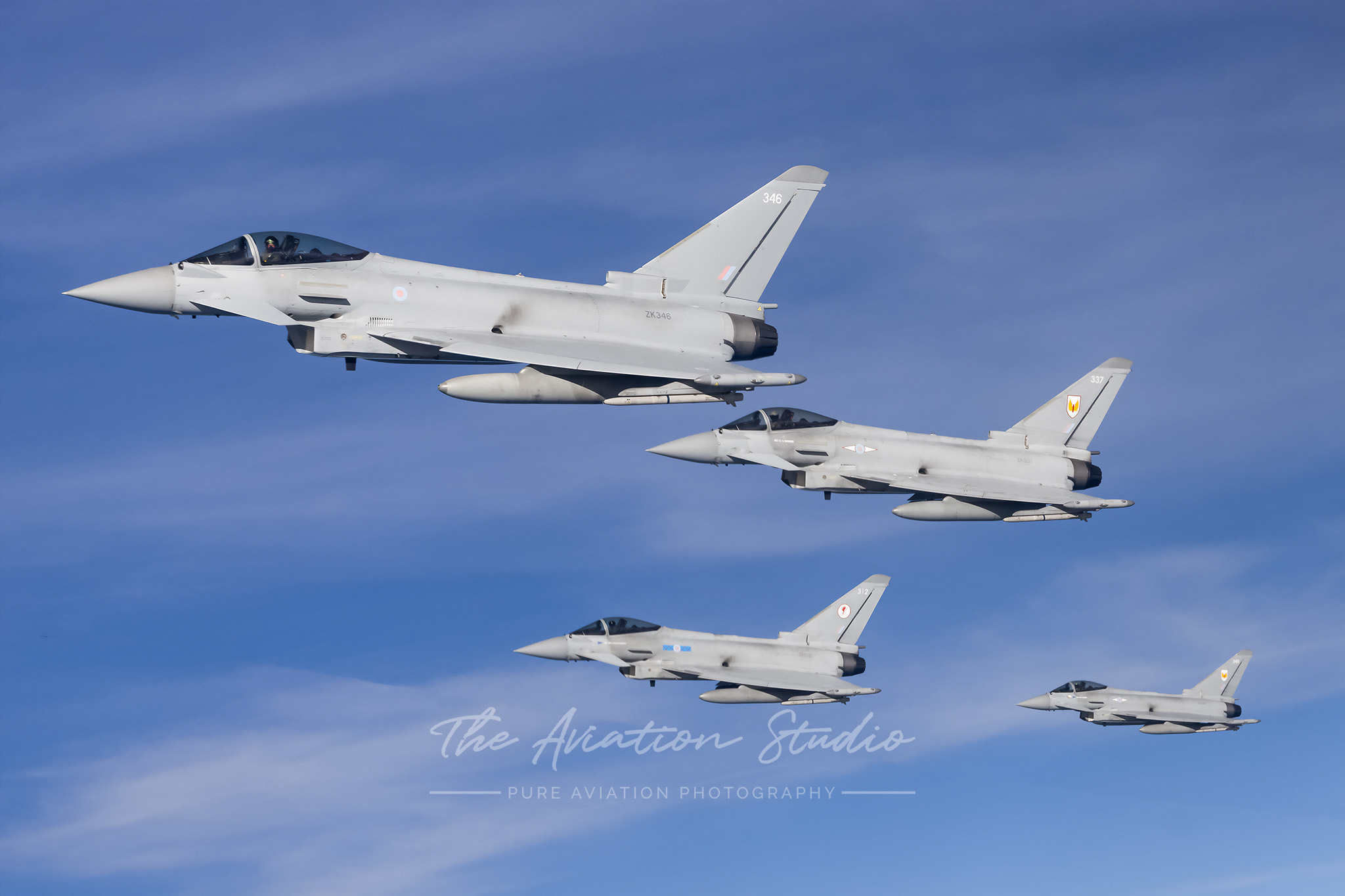

Following our final offload, we remained on station for an additional 30 minutes for any potential retasking. With no other receivers approaching the tanker, we exited the mission airspace and returned to Eindhoven at sunset, wrapping up a successful mission and fantastic day of flying. The Aviation Studio would like to thank the MMU for making this report possible, and providing such deep insights into the work of the MRTT unit.
